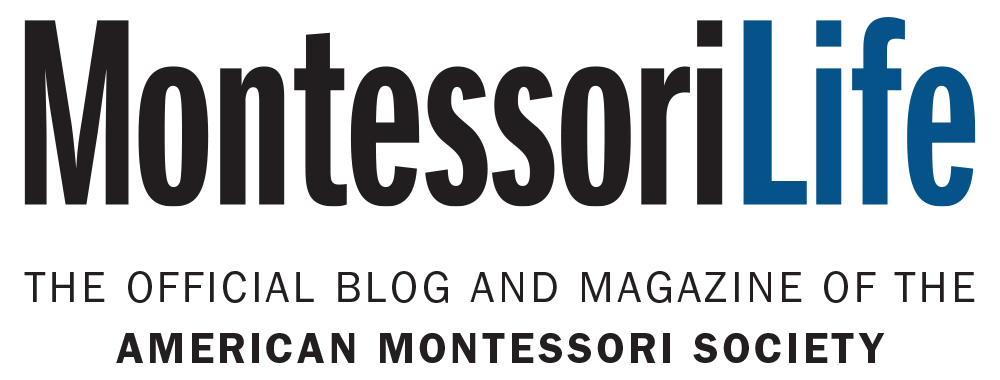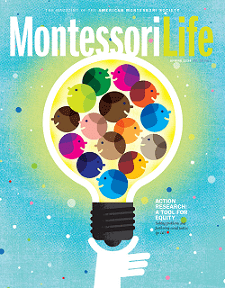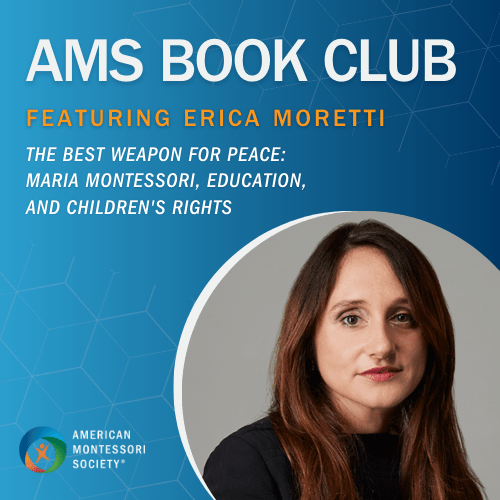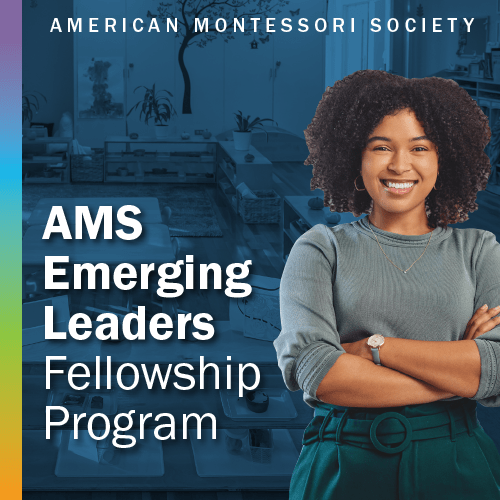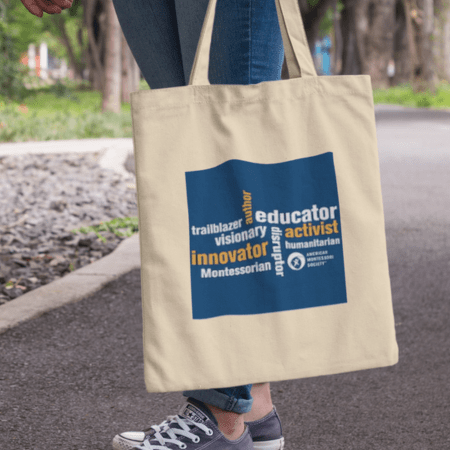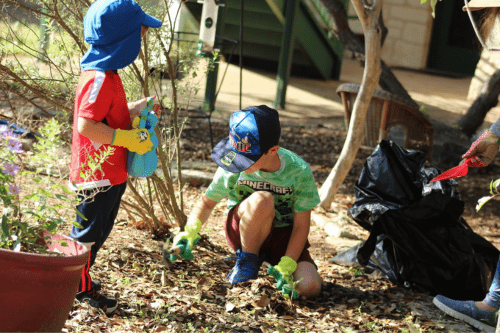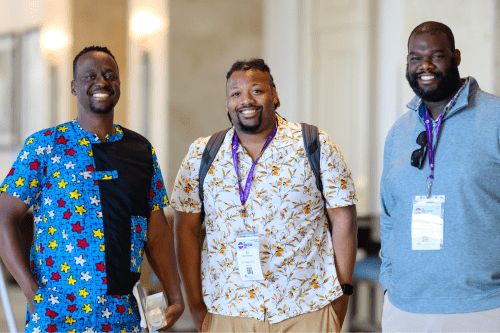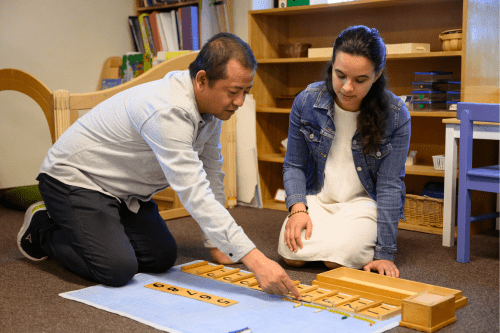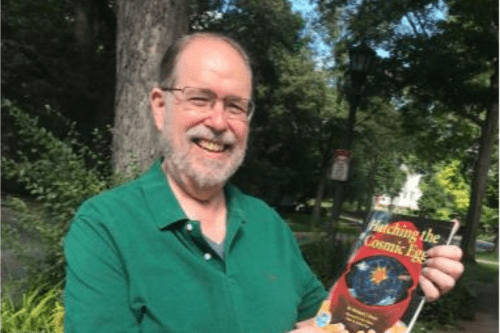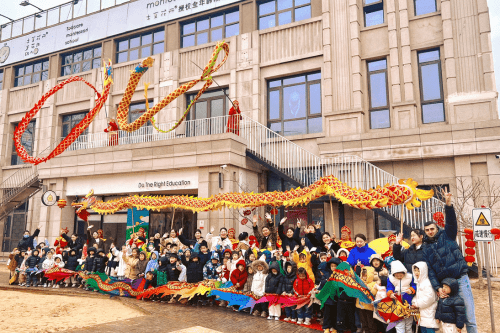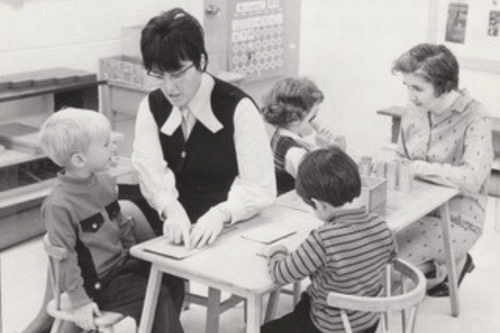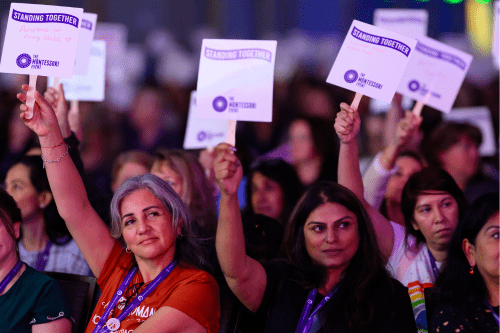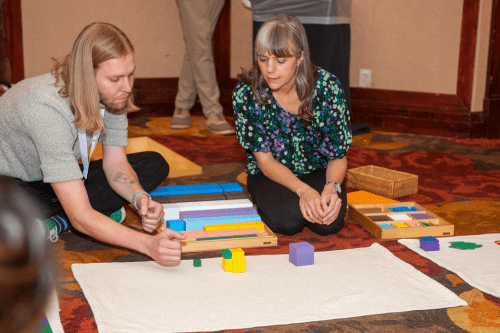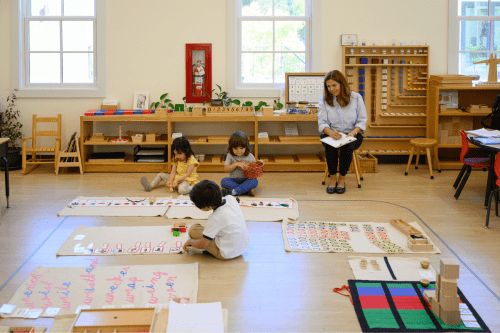How to Confidently Bring Music and Movement into the Montessori Classroom: Master Your First Song
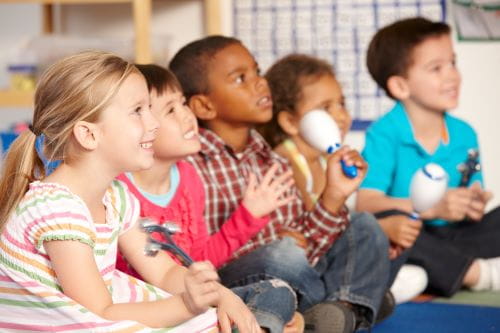
“The secret of good teaching is to regard the child’s intelligence as a fertile field in which seeds may be sown, to grow under the heat of flaming imagination.”
— Maria Montessori
I’m Maureen Harris and the other person you will meet in this blog post is my daughter, Leah. We have both been involved with Montessori for most of our lives and have had so much fun creating Montessori music webinars together. My Montessori journey consists of being a Montessori teacher, principal, researcher, and clinician at many AMS conferences. Leah is a well-known blues and jazz musician now living and performing in New York City.
Today’s blog is about mastering your first song and will be followed by future blogs including:
- Rhythm & Beat: Building your First Instrument. This post will dive deeper into the world of musical instruments.
- Do you know your Do, Re, Mi? This will offer lesson plans for the introduction of solfege and the integration of the Montessori bell presentations.
Today, Leah and I will walk you through the basics of music using one simple song called “A Ram Sam Sam.” These activities can be used with any song that you already know. For example, every song has a beat, rhythm, tempo, etc., which can be taught and demonstrated by movement and further exploration with the child.
Importance of Music for the Child
When a colonial curriculum is enforced within an Indigenous learning environment, it tends to eliminate the history of the culture, replaces respected traditions with that of others and overall devalues and undermines the experiences of the native (Cave & Chesler, 1981). As a result, the self-worth and confidence of the student is in jeopardy. The marginalized Maasai community is re-defining education through the inclusion of native Maasai music making within the current curriculum.
Across the world on the other side of the equator, similar research was conducted by Rubie (1999). His work in New Zealand with Maori children showed, that those from a strong Maori cultural program had significant gains in “performance, positive attitudes toward school, improved self-esteem, increased time spent on homework and improved organizational skills” (p. 104).
Today, educators and parents are considering the kind of education young people need to become responsible and productive members of a global society. With the post-pandemic disruption, it has become increasingly more difficult to prepare the child to be the responsible citizen of the future with the life skills to live and work a meaningful life. Researchers have found, time and time again, a link between the arts (music, most commonly) having a positive impact on academics, self-esteem, and brain development. It would seem that music plays an important part in the development of the child.
Ways to Incorporate Music
We know the importance of continuous professional development and there is an understanding that teaching and learning are never static and are ever-changing. Lifelong learning recognizes that on-going learning takes place over a lifetime and is formal and informal with continuous use of creativity and imagination.
A developmentally appropriate music curriculum should be flexible enough to accommodate the diverse interests and multi-cultural learning styles of the Montessori child. A method of independent learning places the educator as facilitator and co-learner with the freedom to expand and include learning for all children. It should build upon the widely accepted standards set forth for each age level (NAEYC, 2010), maintain respect and recognition of the individual, and be taught in a flexible manner with opportunities for multi-cultural creativity and exploration.
The Montessori musical environment contains objects that arouse feelings and understanding of music and through the systematic introduction of quality music, the children become accustomed to appreciating good music. The recordings are readily available and should include music styles from around the world. Along with these high quality recordings the many music books discussing the lives of composers, the picture books of instruments, and the examples of the role music plays in cultural celebrations around the world are available to the child at the music library.
Montessori Mozarts (Harris, 2005) incorporates the use of multi-cultural music, song, dance, movement, instruments, etc., and these multi-cultural musical concepts are taught at the child’s learning level with emphasis placed on accuracy of basic skills to provide a solid foundation for further musical growth. The music program was designed to provide a child-centered musical environment to facilitate development in all curriculum areas, while enabling the child to learn fundamental music skills.
Building depth in musical understanding takes time and requires thoughtful decisions on the part of the educator regarding which musical styles to include in the music curriculum. Suggested music styles to include are folk songs (lullabies and chants), traditional songs (ceremonial music and dance), western art music (instrumental and choral music from the baroque, classical and romantic periods), western 20th century, and music from countries around the world.
In the Montessori classroom the child learns to feel safe and secure, and only then is he free to explore all the wonders of himself and the surrounding world. When the child learns to trust, he can then cultivate his own natural desire to learn, which will provide him with the skills for the future.
The Montessori Musical Environment
The Montessori environment is arranged to accommodate the natural functions of childhood learning through the freedom of movement and activity. The wide array of music and movement opportunities for the child supports this style of learning and provides the freedom to act in accordance with their innate musical tendencies.
Initially, the child is introduced to quality music and a repertoire of songs to sing is learned and developed for later building of musical techniques. These songs are the basis for rhythmic exercises involving motor skills.
How Challenging is it?
It has been my experience that Montessori educators are very willing and open to use music in the classroom and are usually very capable in terms of basic music skills. However, despite the best of intentions, these capabilities do not necessarily extend to modeling skills or to musical repertoire. Research by Saunders and Baker (1991) show that while most educators feel comfortable and are prepared to use singing or listening activities in the classroom, they are reluctant to integrate music with the general curriculum when expectations exceed their music ability.
Before you begin, watch this video with words of encouragement.
It is essential to recognize that the goal of Early Childhood music educators is to provide experiences that will prepare the child for music learning, and it is possible for every Montessori educator to accomplish this goal and use music with the young child when provided with appropriate music training and support materials and resources.
Bombalalom
Let's remember it’s just about following the child. We are now going to start with an easy song to warm up our voices. It’s called Bombalalom.
Supporting Videos:
- Introduction (9 seconds)
- Song (37 seconds)
Pause and Practice
Have you ever watched a child respond with amazement to the sound of the Montessori bell, or the enjoyment in matching the sound cylinders? Would you like to feel confident in bringing music into your classroom and have fun with music and movement? Well, now it’s your turn to practice!
Take a few moments to sing along with the audio until you can comfortably sing the song confidently. You’ve got this!
Leah will now take us through some of the basics of music starting with the song “A Ram Sam Sam,” which will be your take-away song from this blog.
Supporting Videos:
I hope you enjoyed this post and I look forward to seeing you on our next blog, Rhythm & Beat: Building your First Instrument.
About the Author
 |
Maureen Harris, MEd, is the director of Montessori Mozarts (Canada) where she teaches courses in Montessori music and movement and the Sensorial Bells. Formerly, she was a Montessori teacher, Montessori teacher educator, principal, and head of school. As recipient of the AMS research grant award, her PhD work assessed “Culturally Relevant Indigenous Curriculum in a Montessori Learning Environment '' with the Maasai in Tanzania. She is AMS-credentialed (Early Childhood) and honored with the Canadian Prime Minister's Award for Excellence in Teaching. Contact her at mharris1280@gmail.com. |
Interested in writing a guest post for our blog? Let us know!
The opinions expressed in Montessori Life are those of the authors and do not necessarily represent the position of AMS.

